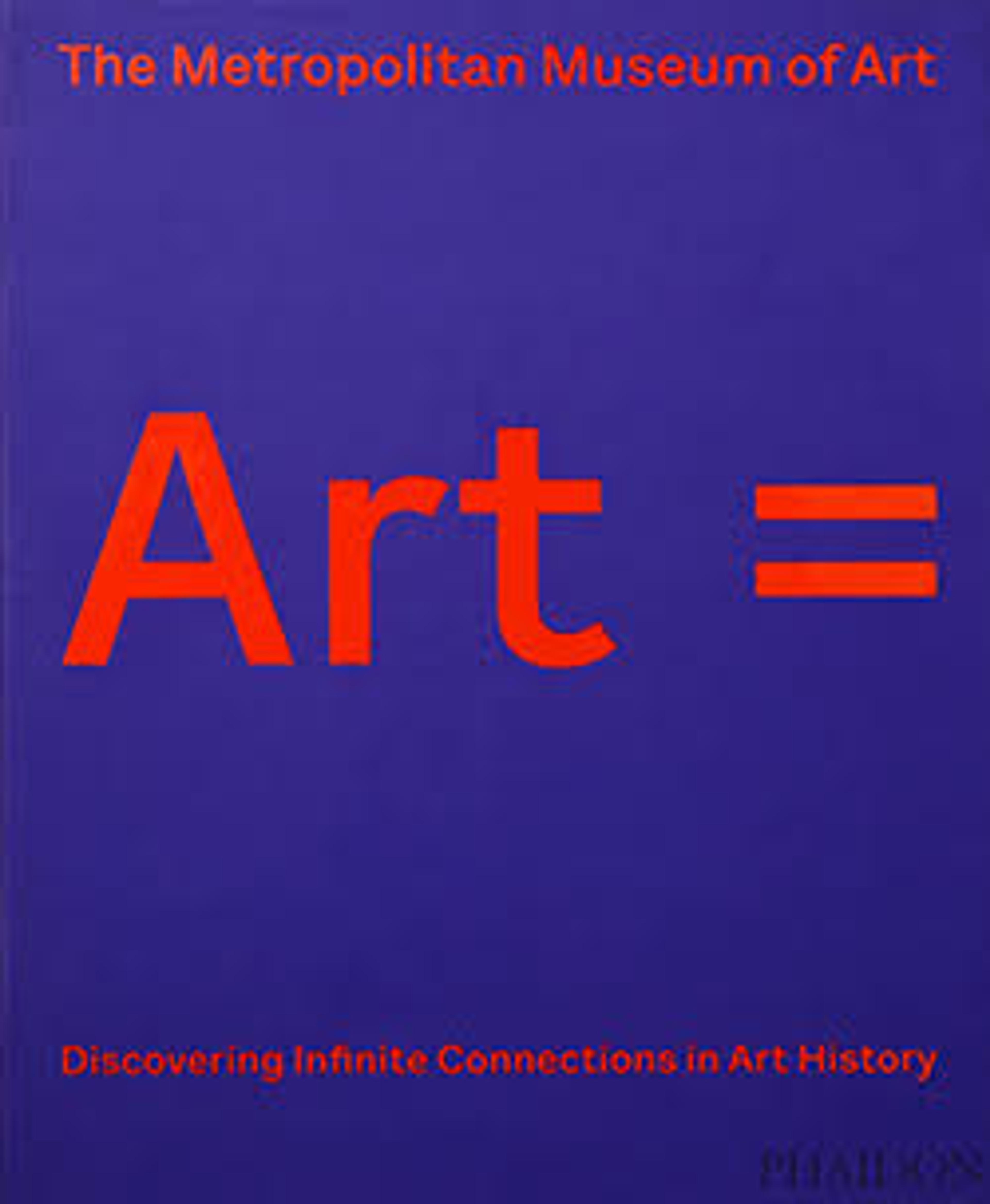Throne Leg in the Shape of a Griffin
The griffin on this throne leg exemplifies the use of powerful winged animals (real and imaginary) as symbols of royalty. The mythical beast’s long history stretches back to about 3000 B.C., when it appeared in the art of Egypt and the Middle East, and it may have been introduced to western Iran through contacts with Sogdian Central Asia. Here, the creature has been adapted to a tradition of animal-legged thrones in Iranian art. In pre-Islamic Iran the griffin—a combination of lion and eagle, two animals associated with the sun—was seen as a vehicle of ascension, implying the ruler’s elevation to the status of a god. In the early years of the Islamic period, new rulers appropriated the symbol to convey power and legitimacy.
Artwork Details
- Title:Throne Leg in the Shape of a Griffin
- Date:late 7th–early 8th century
- Geography:Attributed to probably Western Iran
- Medium:Bronze; cast around a ceramic core and chased
- Dimensions:Overall:
H. 22 7/16 in. (57 cm)
W. 3 7/16 in. (8.7 cm)
Greatest:
H. 22 7/16 in. (57 cm)
W. 3 7/16 in. (8.7 cm)
Diam. 7 3/8 in. (18.7 cm) - Classification:Metal
- Credit Line:Purchase, Joseph Pulitzer Bequest, 1971
- Object Number:1971.143
- Curatorial Department: Islamic Art
Audio
6677. Throne Leg in the Shape of a Griffin, Part 1
0:00
0:00
We're sorry, the transcript for this audio track is not available at this time. Please email info@metmuseum.org to request a transcript for this track.
Listen to more about this artwork
More Artwork
Research Resources
The Met provides unparalleled resources for research and welcomes an international community of students and scholars. The Met's Open Access API is where creators and researchers can connect to the The Met collection. Open Access data and public domain images are available for unrestricted commercial and noncommercial use without permission or fee.
To request images under copyright and other restrictions, please use this Image Request form.
Feedback
We continue to research and examine historical and cultural context for objects in The Met collection. If you have comments or questions about this object record, please contact us using the form below. The Museum looks forward to receiving your comments.
